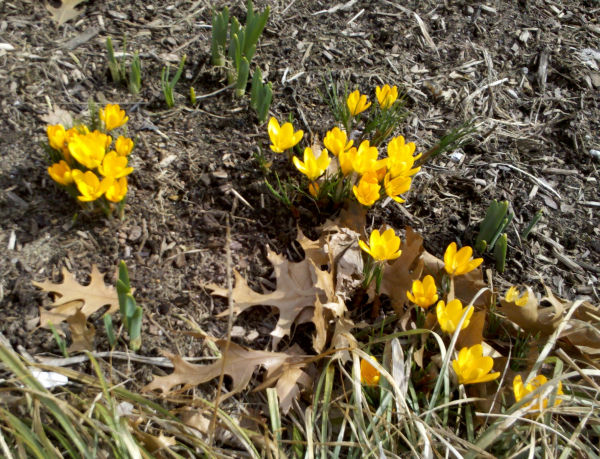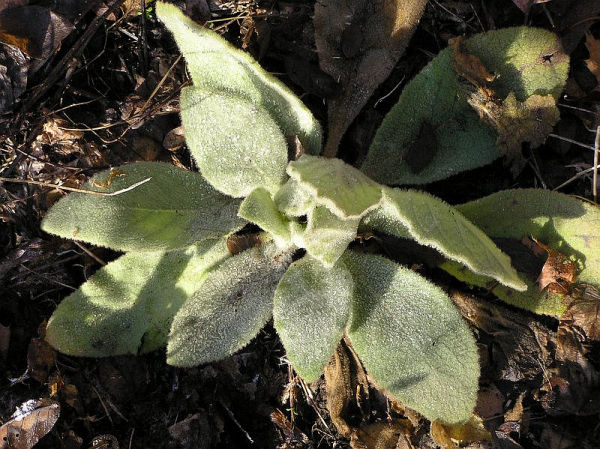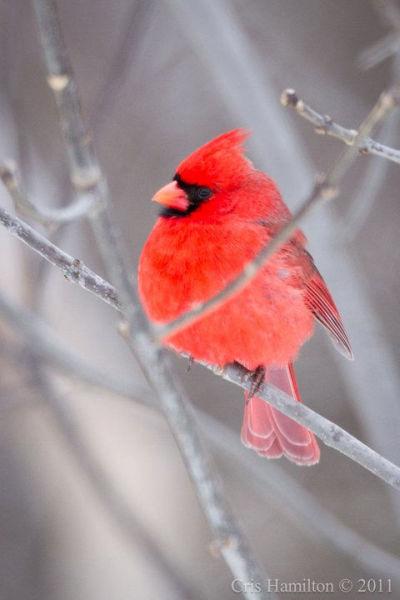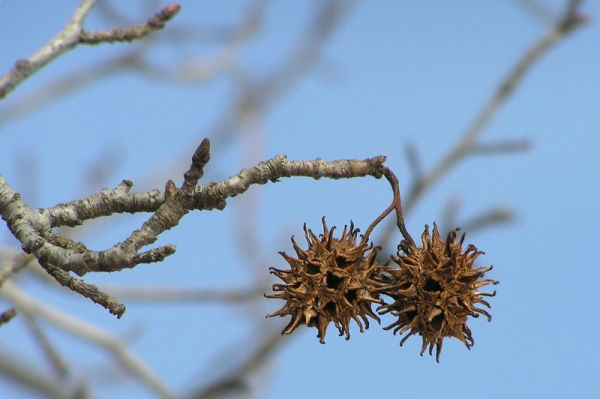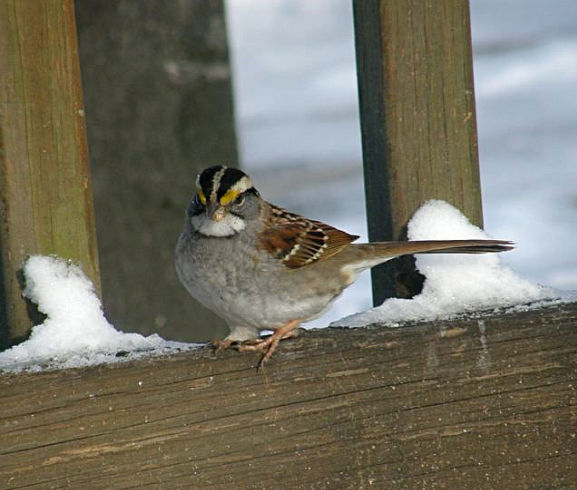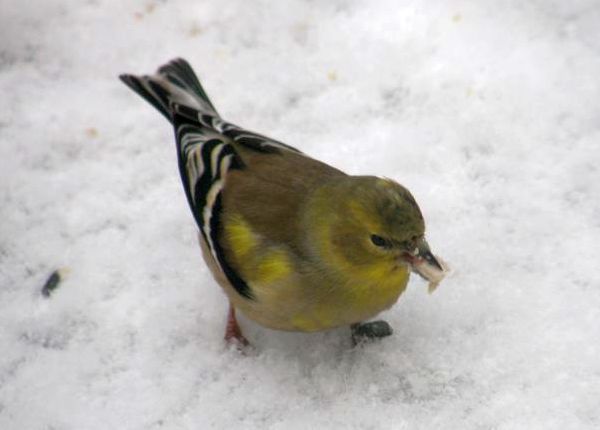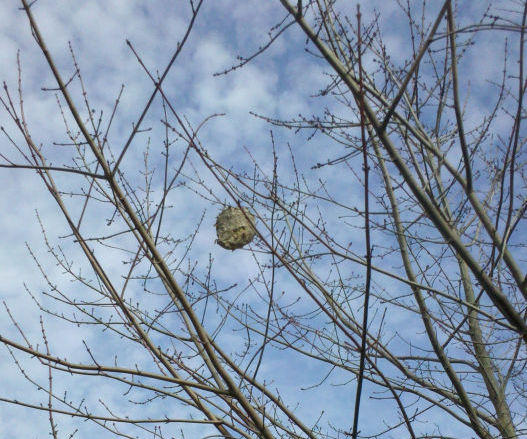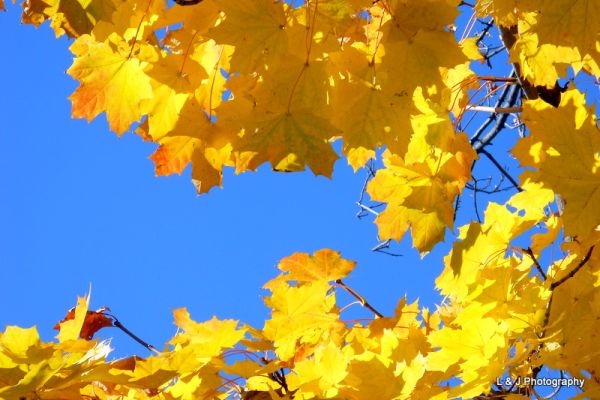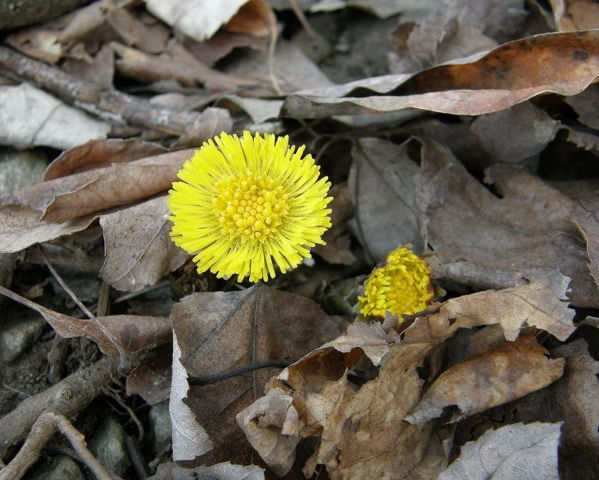
Today is the spring equinox when the sun’s rays directly strike the Equator and day’s length is the same as night’s.
On Friday the warm weather felt like May, but the woods are still brown. At this time of year even the faintest sign of flowers is enough to get me excited. Here’s a list of hopeful signs I’ve seen since my last phenology report only five days ago.
- Robins singing before dawn.
- Canada geese flying over my house in the city.
- A northern flicker drumming on the metal floodlight hoods at Magee ballfield. (He’s really loud!)
- Swelling buds make the trees look denser. The red maples look hazy-red. Some trees already have tiny flowers.
- New leaves on bush honeysuckle, an invasive plant that’s always first to leaf out.
- Red-tailed hawks mating.
My daffodils and tulips are pushing up through the leaf litter. Today I’ll be looking for coltsfoot in bloom.
Happy Spring!
(photo of coltsfoot by Marcy Cunkelman)
